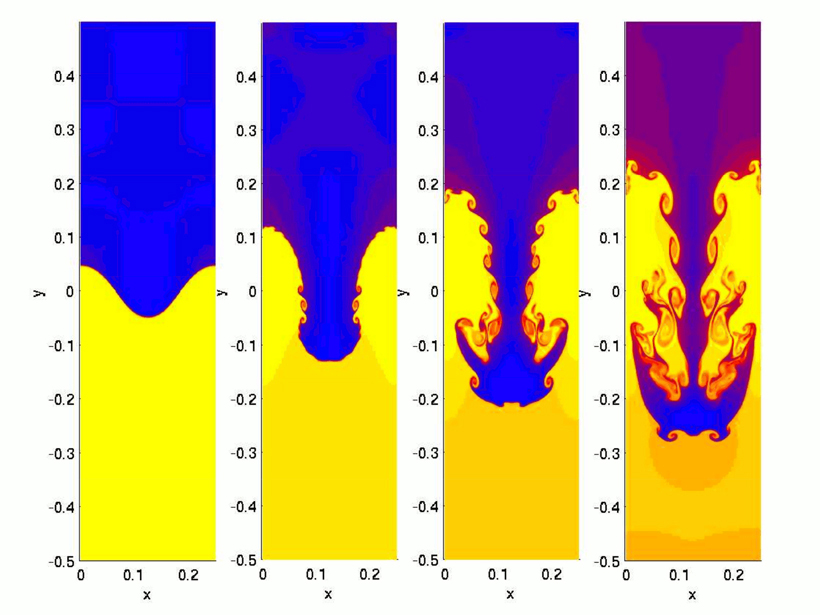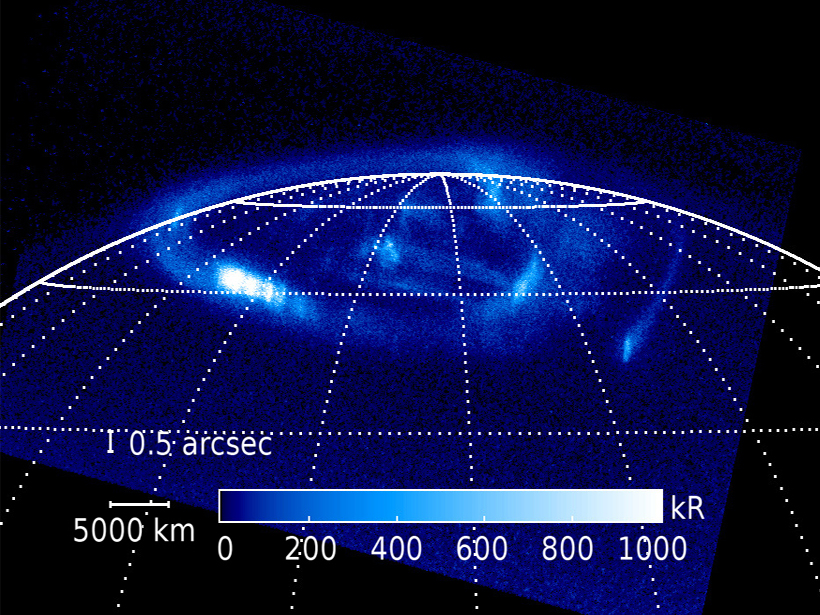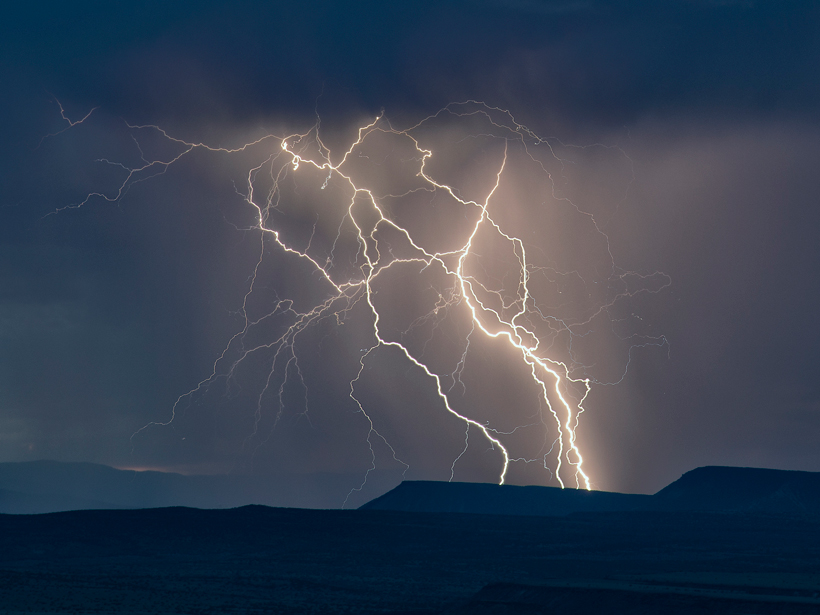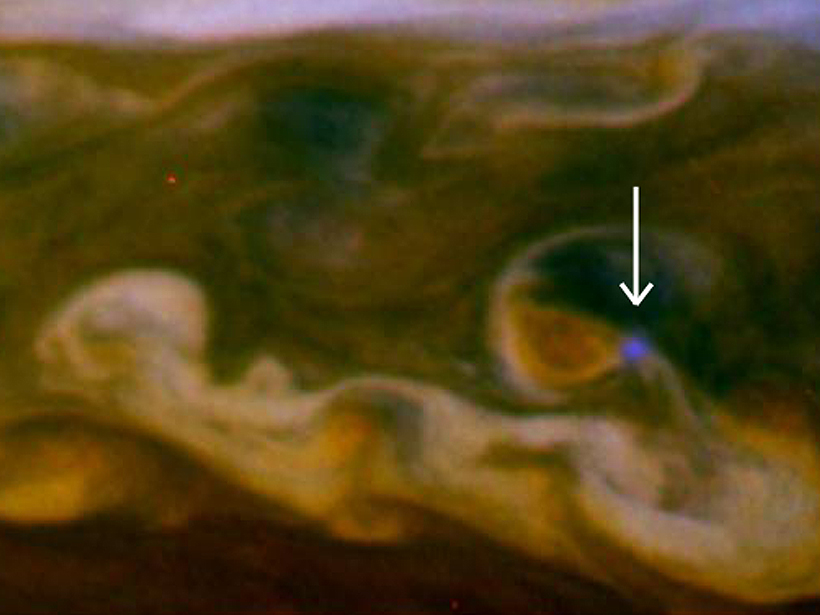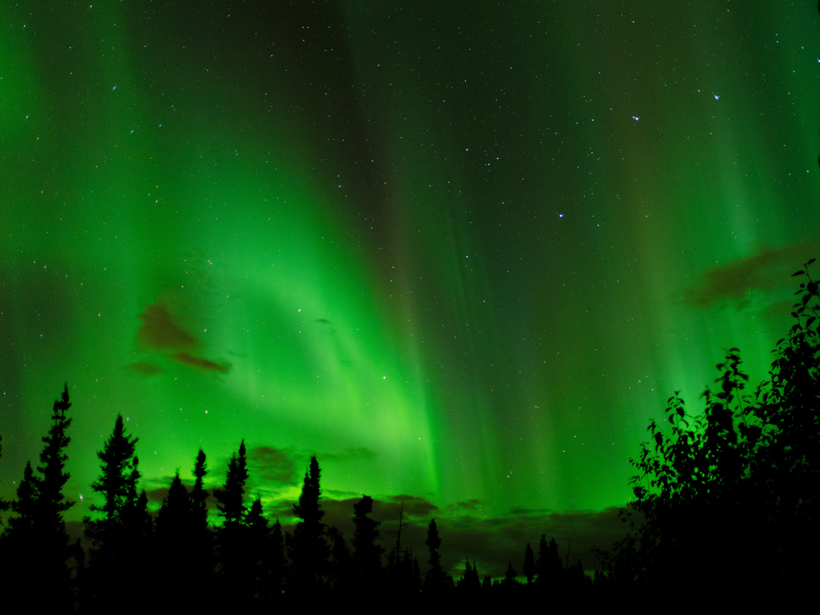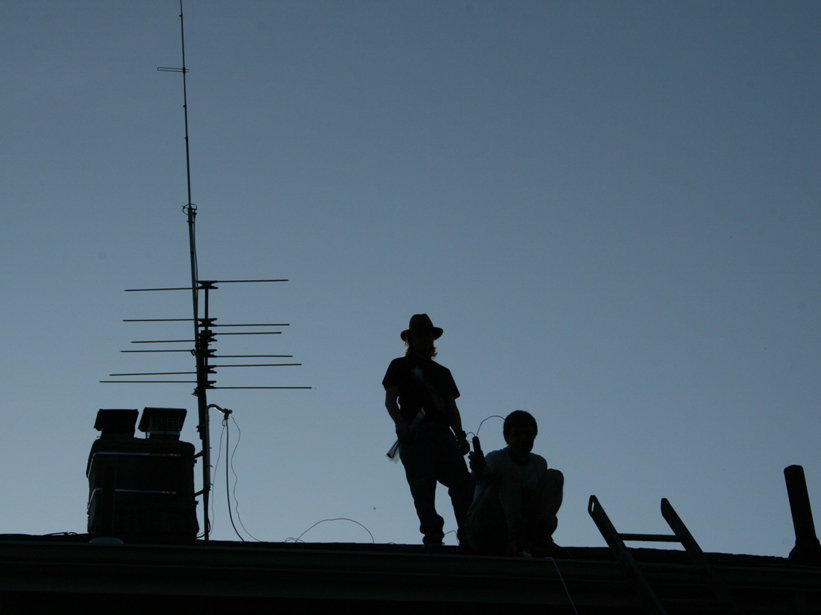NASA's Cassini probe observed vast amounts of plasma on the fringes of Saturn's magnetic field being mysteriously injected hundreds of thousands of kilometers inward.
Mark Zastrow
Eos Freelance Writer
How Powerful Is Jupiter's Aurora?
Scientists have mapped Jupiter's spectacular aurora in unprecedented detail with the Hubble Space Telescope.
Lightning "Impulses" Improve Models of Global Electrical Circuit
New simulations of how thunderstorms drive electrical currents through the Earth's atmosphere combine precision with computational speed.
Gaseous Planets May Have Huge Luminous Rings Caused by Lightning
What business do elves have in the upper atmospheres of gas giants? Plenty, it seems. The enormous ring-shaped phenomena triggered by lightning may occur on Jupiter, Saturn, and exoplanets.
X Marks the Spot of Magnetic Islands in Space
At the edge of Earth's magnetic field, satellites have found X-shaped fields and fast-moving "islands" of magnetism that could shed light on the physics of solar storms.
New Ionosphere Model Incorporates Solar Angles
The decades-old theory of the layers of the Earth's ionosphere, which dates to 1931, has just received an update that takes into account the angle of the Sun.
When the Sun Goes Quiet, Titan Gets Gassy
Observations from NASA's Cassini probe show that the level of methane in Titan's atmosphere depends on the Sun's 11-year cycle of magnetic activity.
Particle Accelerator in Space Could Help Scientists Study Auroras
Researchers could launch an electron beam device into space to study the Earth's magnetic field and trigger artificial auroras and lightning.
Radio Blackout! Ham Radio as an Operational and Scientific Instrument
Monitoring solar activity that disrupts communications can be helped by crowdsourced and automated reports from amateur radio operators.

